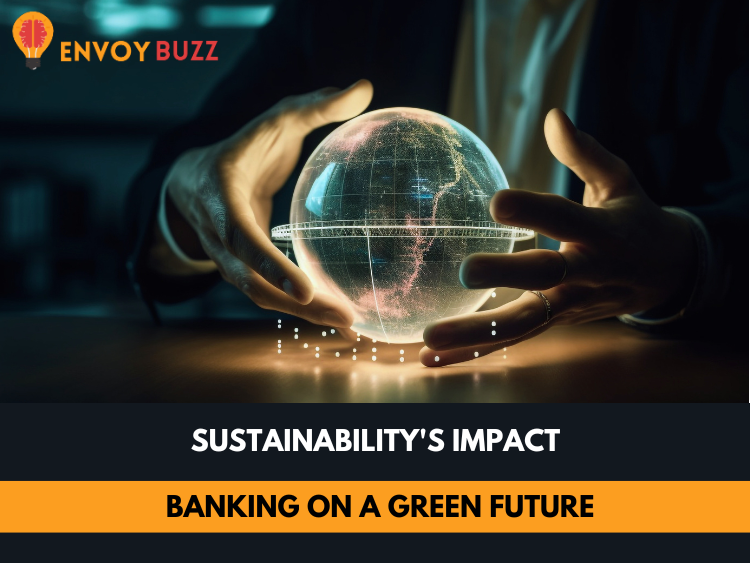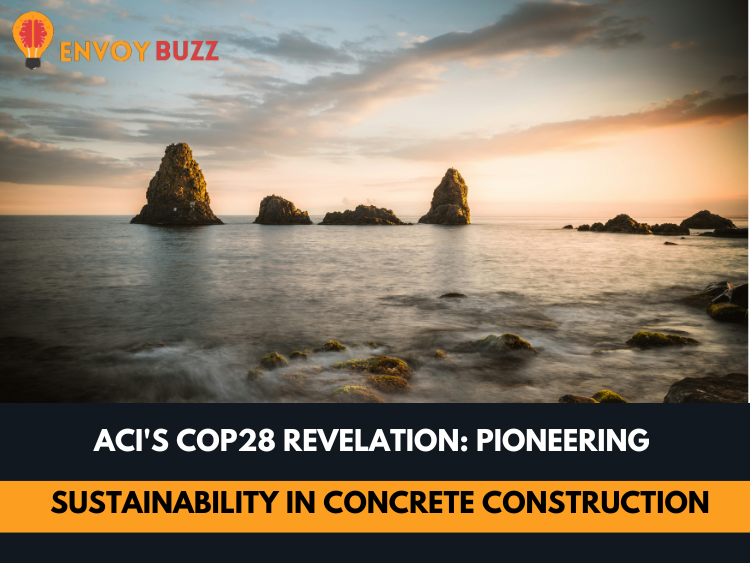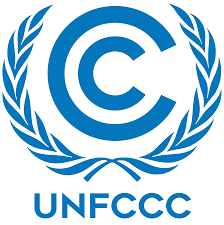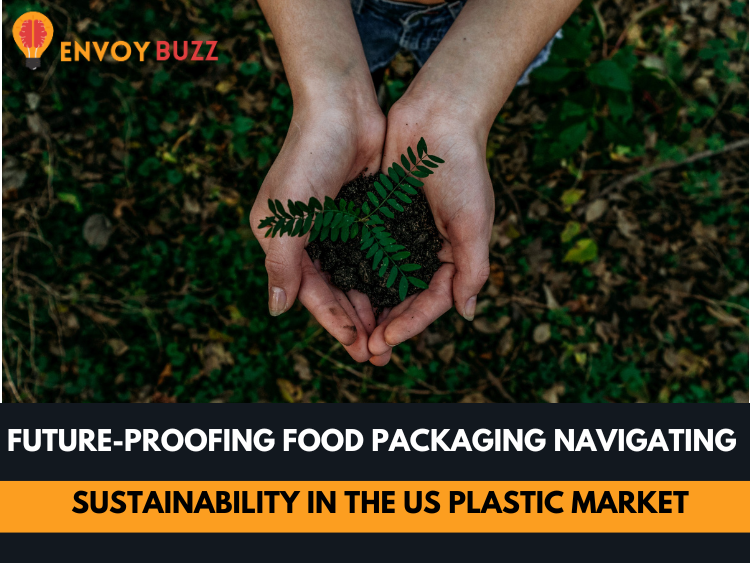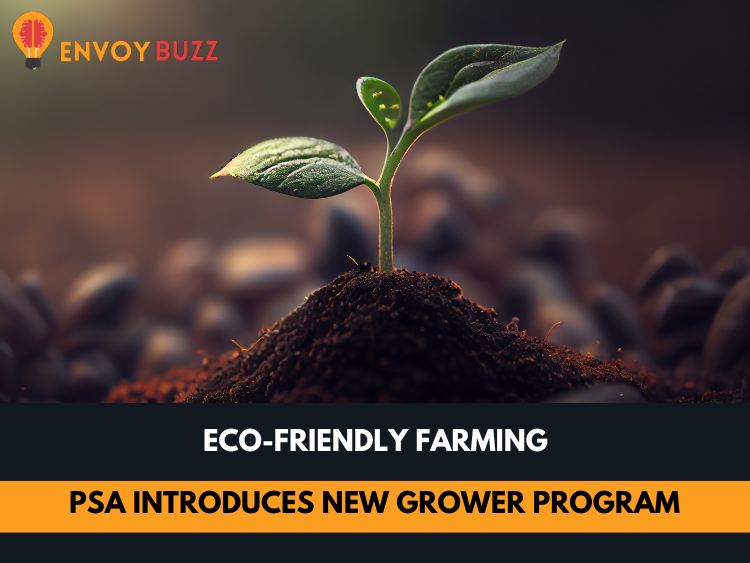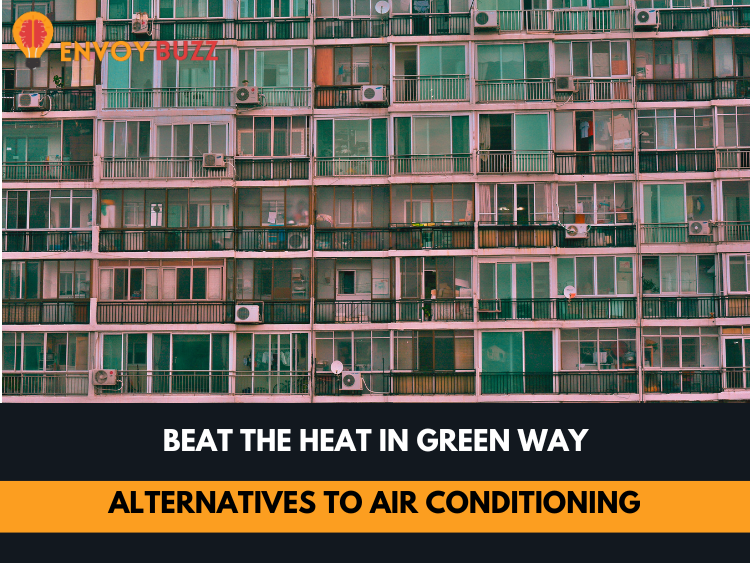In an era where environmental consciousness and ethical business practices are becoming increasingly important, individuals seeking professional growth are turning to sustainability certifications to enhance their skill sets and contribute to a more sustainable future. Whether you’re a recent graduate or a seasoned professional looking to stay relevant in a rapidly changing job market, sustainability certifications can be a key to unlocking new opportunities.
In this blog, we’ll explore the world of sustainability certifications, their significance, and where you can obtain them.
Why Sustainability Certifications Matter:
Staying Relevant in a Changing Landscape:
The global job market is evolving, and employers are placing a higher emphasis on sustainability practices. Certifications in this field demonstrate a commitment to environmental responsibility, making you an attractive candidate to forward-thinking organizations.
Addressing Global Challenges:
Climate change, resource depletion, and social inequality are global challenges that require a skilled workforce to tackle. Sustainability certifications provide the knowledge and tools necessary to contribute meaningfully to solving these issues.
Top Sustainability Certifications for Professional Growth:
1. LEED Green Associate:
The Leadership in Energy and Environmental Design (LEED) certification is globally recognized for individuals working in the field of green building. The LEED Green Associate is an entry-level credential that signifies a fundamental understanding of sustainable practices in the built environment.
Learn more about LEED certification here
2. Certified Sustainability Professional (CSP):
The CSP designation is offered by the International Society of Sustainability Professionals (ISSP) and is designed for those who want to demonstrate their expertise in sustainability. This certification covers a broad range of topics, including environmental, social, and economic aspects of sustainability.
Explore ISSP’s certification programs
3. ISO 14001:2015 Lead Auditor:
ISO 14001 is an international standard for environmental management systems. The Lead Auditor certification is ideal for professionals who wish to specialize in auditing and managing environmental performance within organizations.
Details on ISO 14001 certification
Where to Obtain Sustainability Certifications:
1. Universities and Educational Institutions:
Many universities offer online courses and certification programs in sustainability. Institutions like Harvard Extension School and the University of California, Irvine, provide comprehensive courses that cater to different aspects of sustainability.
– Harvard Extension School – Sustainability Certificate
– University of California, Irvine – Sustainability Leadership Certificate
2. Professional Organizations:
Organizations like the International Society of Sustainability Professionals (ISSP) and the U.S. Green Building Council (USGBC) are excellent sources for sustainability certifications.
– ISSP Certification Programs
Benefits of Sustainability Certifications:
1. Career Advancement:
Sustainability certifications open doors to career advancement by demonstrating your commitment to sustainable practices and staying ahead of industry trends.
2. Increased Employability:
Employers are actively seeking candidates with skills in sustainability. Certifications make you stand out in a competitive job market.
3. Networking Opportunities:
Joining the community of certified professionals provides networking opportunities, allowing you to connect with like-minded individuals and potential mentors.
A Sustainable Future Starts with You:
Investing in sustainability certifications is not just a personal or professional choice; it’s a commitment to creating a better future for the planet and its inhabitants. As industries continue to evolve, professionals with sustainability expertise will be at the forefront of positive change.
Embark on your sustainability journey today by exploring the certifications mentioned above and taking a significant step towards professional growth and a more sustainable tomorrow.
Remember, a sustainable future starts with informed and dedicated individuals. Will you be one of them?
For more blogs, please visit Envoy buzz


